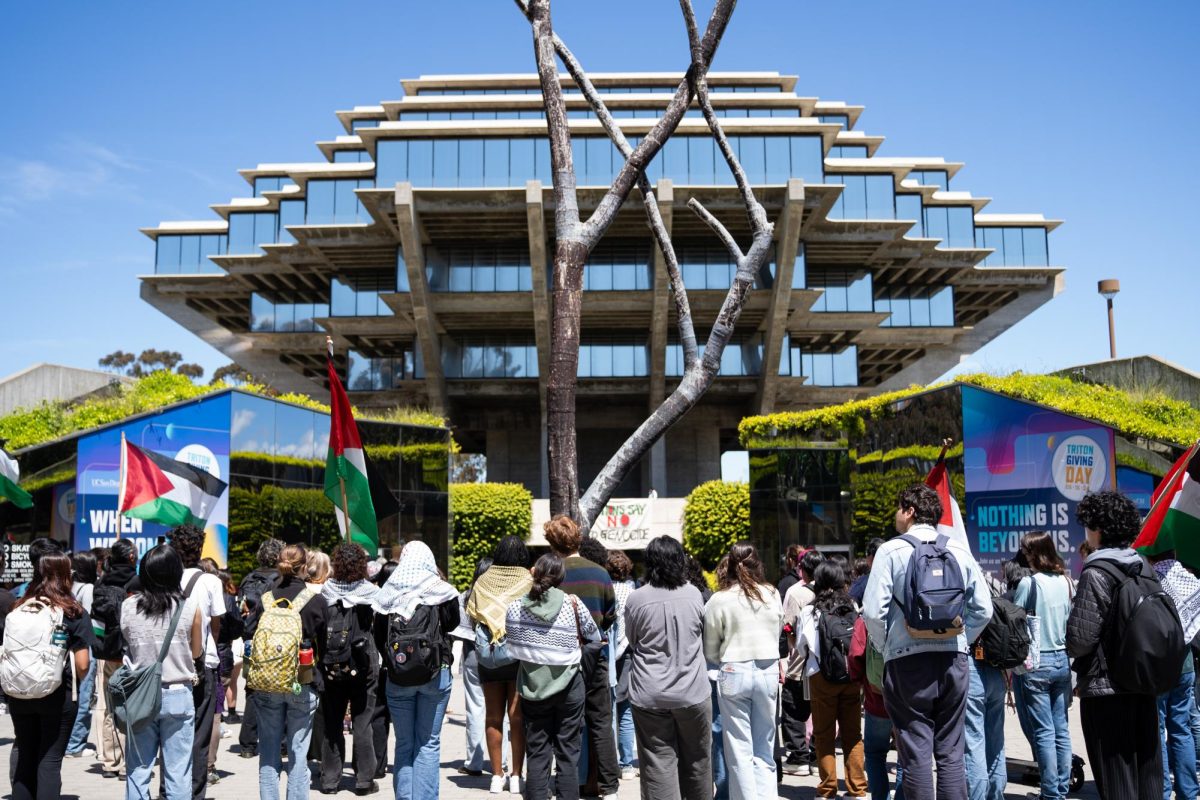The number of first-time international graduate students in America has decreased between 6 and 10 percent for three consecutive years, according to a new report released by the Council of Graduate Schools.
Of the 450 institutions that are members of CGS, 68 percent reported declines in first-time international graduate student enrollment between 2003 and 2004. First-time enrollment from China and India decreased 8 and 4 percent, respectively. The fields of life sciences, business and engineering represented the highest declines, while the physical sciences were the only area to show an increase in first-time enrollment, growing 6 percent.
The study also found that total international graduate student enrollment — including first-time and continuing students — decreased by 3 percent. Numbers for domestic graduate student enrollment fell by 1 to 2 percent in the same period
Public and research institutions showed the highest decline, at 12 percent, while private enrollment fell by 3 percent.
A seperate report in September showed a much greater 28-percent decline in the number of foreign applicants and an 18-percent decrease in admits, though the report stated that a higher-than-usual number of students enrolled after receiving an acceptance.
“The three primary factors leading to [a] decline in international graduate applications, admits and enrollment are increased global competition, changing visa policies and diminished perceptions of the U.S. abroad,” CGS President Debra W. Stewart said. “While these numbers are distressing, the declines are not nearly as great as some had feared. It is encouraging that the graduate schools are battling declines by streamlining their admissions processes, enhancing their use of technology and forming important international partnerships.”
Eighty percent of the top 25 schools for international graduate student enrollment participated in the survey, and they showed a 9-percent decline in first-time enrollment, as opposed to the 4-percent decline in other schools.
According to CGS Director of Research and Policy Analysis Heath Brown, the steeper decline in the top 25 schools may be correlated with the fact that those schools enroll the most students in engineering programs.
“I think [the trend of declining enrollment] is especially applicable to engineering students because students in the engineering fields are simply more susceptible to enhanced security checks,” Brown said.
Brown said he also sees changes in U.S. visa policies as a potential contributor to the enrollment of fewer international graduate students.
“The mandatory interview in the visa process, extra security checks in high-tech research areas and the targeting of students from specific countries for extra background checks [under the Condor program] — I think all those play a role,” Brown said. “I also think there’s a perception and negative sentiments as to how welcoming the U.S. would be to international visitors.”
The U.S. Senate Committee on Foreign Relations, in a hearing on student visas, addressed the concept of falling international graduate student enrollment at an Oct. 6 hearing.
In his opening statement, Chairman Richard G. Lugar (R-Ind.) acknowledged the importance of an international graduate student presence in the United States.
“Fostering such exposure for overseas visitors is vital if we hope to counter the distorted images of the United States that so many foreigners receive through censored or biased media outlets in their home countries,” Lugar said.
Purdue University President Dr. Martin C. Jischke echoed Lugar’s sentiments in a testimony before the committee.
“Our international students are exceptional people who will grow up to become leaders in their home nations,” Jischke said. “International educational exchange programs open a door to the world for our students. It is a door of understanding. International enrollment on our campuses … helps to break down [the] stereotypes and misinformation that are the breeding grounds for intolerance.”
International students also benefit the American economy, Jischke said. In 2002-03, international students contributed almost $12.9 billion to the U.S. economy.
At UCSD, enrollment of international graduate students fell 3.7 percent between 2003 and 2004, from 860 to 828 students, according to the campus’ Office of Graduate Studies and Research. The university also saw a 27-percent decline in international graduate applicants in the same period.
“This [decline in applications] is unprecedented,” Dean of International Education Mary Dhooge said. “However, the applicant pool is rich enough at UCSD that the decline wasn’t as significant. The international student population has continued to grow and has to do with the fact that we are a major research university with a major international reputation.”
Government agencies and research groups have put forth various solutions and ideas to bring international graduate students back to the United States.
“U.S. Embassy staff must find ways to expedite the visa review process so that students are not still waiting for visa approval back home as their academic program begins here in America,” President and CEO of the Institute of International Education Allan E. Goodman said in his testimony.
The CGS study found that graduate schools have taken their own measures to facilitate international enrollment, including changing admissions dates, giving students more time to handle visa processes and providing counseling on visa processes.
“Security must not be compromised,” Lugar said. “But our government should help our universities to remain competitive by doing everything it can to reduce unnecessary delays in evaluating and processing student visas.”







